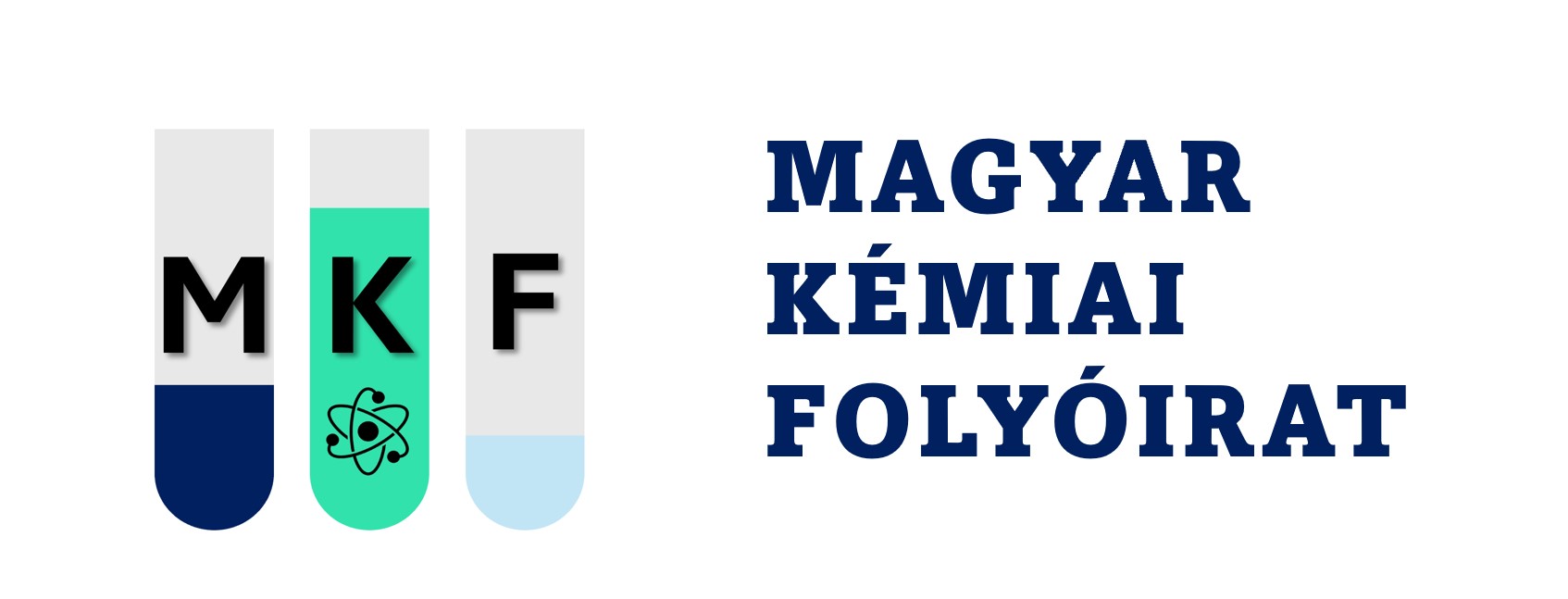Hydrochloric acid and soybean – A professional retrospective
Abstract
Ákos Vértes was born in Budapest, Hungary. He got his B.S. and Ph.D. degrees in chemistry from the Eötvös Loránd University in 1974 and 1979, respectively. In 1979 he was appointed research associate at the MTA Central Research Institute for Physics. In 1987, he was promoted to senior research associate, while also serving as Deputy Head of the Department of Chemistry from 1986 to 1989. From 1987 until 1991, he was an Assistant Professor at the University of Antwerp in Belgium. In 1991 he was hired for a tenure track position by the George Washington University in Washington, DC, in the USA as an Associate Professor of Chemistry. In 1996 he was awarded tenure, and in 1997 he became Deputy Chair of the Department of Chemistry. He was promoted to Professor of Chemistry in 2000, and in 2003, as a secondary appointment, to Professor of Biochemistry and Molecular Biology. In 2002 he co-founded the W. M. Keck Institute for Proteomics Technology and Applications at the university and became its co-director. In addition to his primary position at the university, from 1993 to 2003 he was a Guest Researcher at the Naval Research Laboratory in Washington, DC. From 2003 to 2008 he also worked as an Adjunct Scientist at the National Institutes of Health in Bethesda, Maryland. In 2007, Prof. Vértes working with Péter Nemes, a graduate student in his group, developed a new ionization technique for mass spectrometry (MS). They named it laser ablation electrospray ionization (LAESI). This new method enabled the direct analysis, as well as the two- and three-dimensional molecular imaging of biological tissues and the analysis of single cells by MS. He introduced single cells as image voxels in MS imaging and established new techniques for the high throughput analysis of single cell metabolomes. The latter enabled the characterization of metabolic heterogeneity in cell populations and the discovery of hidden cellular phenotypes. Four years later, the LAESI-MS technology that was commercialized as the LAESI-DP 1000 Direct Ionization System, received the “Top 10 Innovations of 2011” award from The Scientist magazine. The following year it was ranked as one of the 100 most technologically significant products of 2012 by R&D Magazine. In 2009, Prof. Vértes and colleagues discovered a nanophotonic ionization platform, named silicon nanopost array (NAPA), for laser desorption ionization MS capable of ultratrace analysis and molecular imaging. These capabilities were demonstrated by exploring the compositional changes in single yeast cells exposed to oxidative stress. In 2015 the NAPA platform was commercialized as the REDIchip. His laboratory was the first to demonstrate the mass spectrometric detection of subcellular metabolite and neuropeptide gradients. During the 2014-2020 period, he was the Principal Investigator on a large multi-institutional research project aimed at rapidly determining the mechanism of action for an emerging biological or chemical threat agent. His approach was based on high throughput, and ultrasensitive methods applicable in systems biology, proteomics and metabolomics, and new methods for molecular imaging of biological tissues. He also participated in a major interdisciplinary project to unravel the metabolic processes involved in biological nitrogen fixation with single cell resolution. These goals required the development of new analytical techniques and instrumentation applicable in diverse fields of chemistry, biology, and medicine. From 2024 he is a Professor Emeritus of Chemistry at the George Washington University. His research has been presented in over 200 peer-reviewed publications with over 10,000 citations (h = 55), and in two co-edited books. He is a co-inventor on 19 patents. His patents have been licensed and commercialized by multiple industrial partners. He was elected Fellow of the American Association for the Advancement of Science (AAAS), Fellow of the National Academy of Inventors (NAI), and received the Distinguished Researcher Award at GWU, the 2012 Hillebrand Prize and the Oscar and Shoshana Trachtenberg Prize for Scholarship. He is a Doctor of the Hungarian Academy of Sciences. He served as a Visiting Faculty at the Lawrence Berkeley National Laboratory, an MTA Distinguished Guest Scientist in Hungary, a Visiting Professor at the Shanghai Jiao Tong University in China, and twice as a Visiting Professor at the Swiss Federal Institute of Technology Zurich (ETH Zurich) in Switzerland. He has maintained research collaborations with colleagues at Hungarian institutions, including the Central research Institute for Chemistry, the University of Debrecen, the University of Pécs, and the Balaton Limnological Research Institute.





